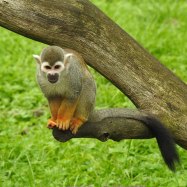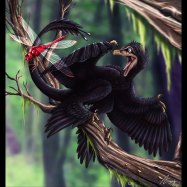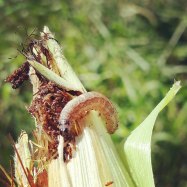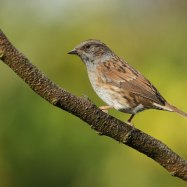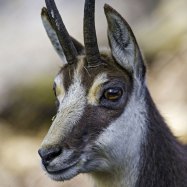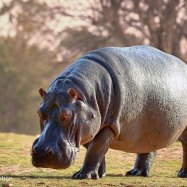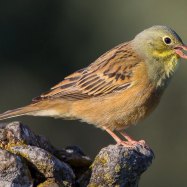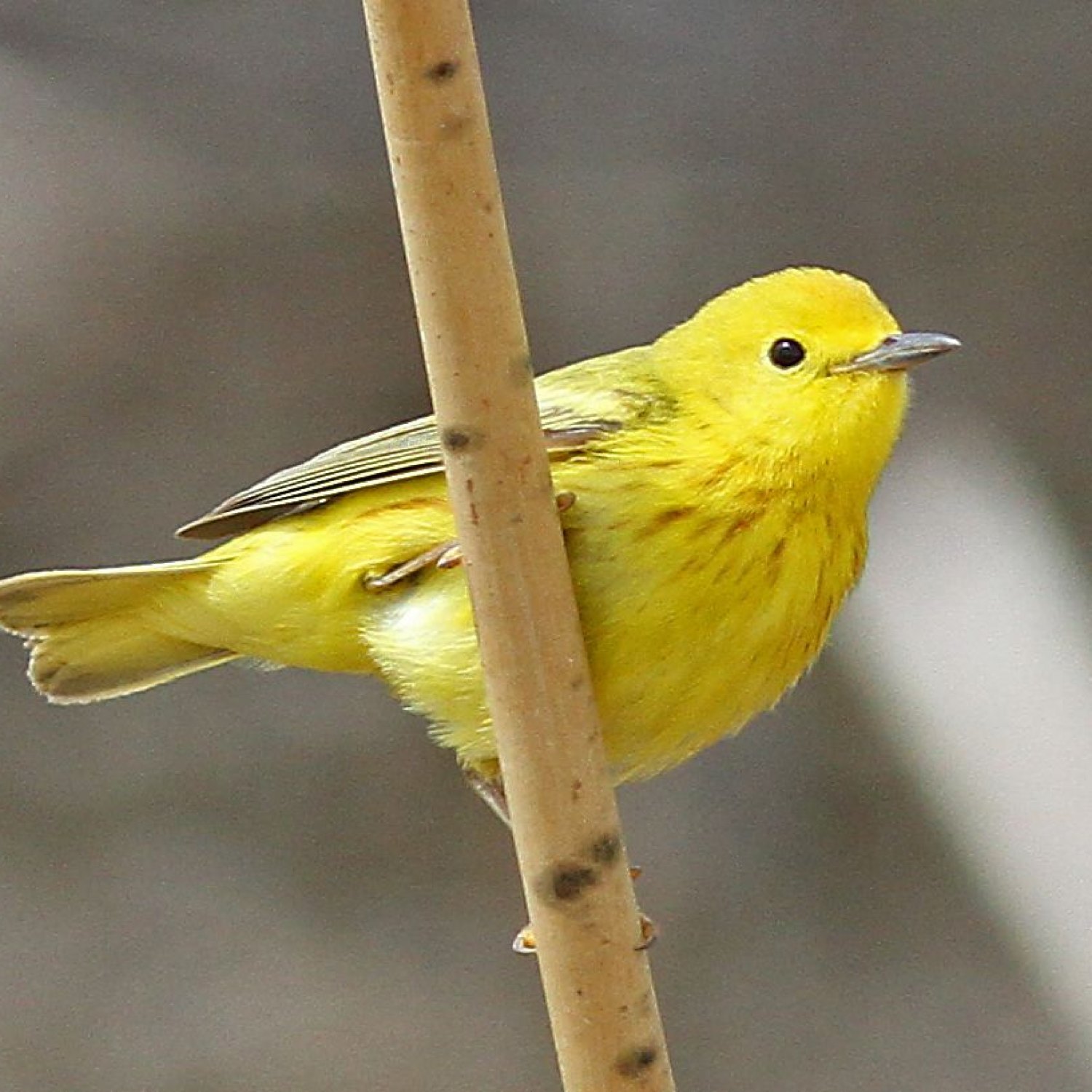
Warbler
4-6 inches
Warblers are small and slender birds, measuring 4-6 inches in length. Belonging to the family Parulidae, these feathered friends can be found in wooded habitats across the world. These beautiful creatures are known for their melodious songs and diverse colors, making them a favorite among bird watchers. Keep an eye out for warblers on your next nature walk and enjoy their enchanting presence.
Animal Details Summary:
Common Name: Warbler
Kingdom: Animalia
Habitat: Woodlands, forests, shrubs, and wetlands
The Colorful and Energetic Warbler: A Small Bird with a Big Impact
In the world of birds, there are some creatures that instantly catch the eye. One such bird is the warbler, a small and slender creature with vibrant and varied colors. Not only is it visually appealing, but it also has a significant impact on its habitat and ecosystem. Let's dive into the world of this lively bird and explore its unique features and fascinating characteristics Warbler.The warbler, also known as Parulidae in the scientific world, belongs to the order Passeriformes, one of the most diverse and successful groups of birds. This avian species can be found in a vast geographical range, ranging from North America, Central America, South America, and the Caribbean. These energetic birds have also been introduced in various countries due to their striking appearance and sweet melodious songs.
Nestled in the Phylum Chordata, the warbler shares its classification with over 10,000 bird species, including songbirds, waterfowl, and raptors. However, the warbler has some distinctive characteristics that set it apart from other birds. Its small and slender body shape, measuring only 4-6 inches in length, gives it a delicate appearance. But don't let its size fool you; this bird packs a punch when it comes to its fascinating traits.
One of the most striking features of the warbler is its colorful plumage. These small birds are not afraid to show off their bright and vivid colors, ranging from various shades of yellow, green, blue, and even white White Bass. Their coloration serves as concealment, allowing them to blend in perfectly with their habitat. They can quickly disappear within the foliage of wooded habitats, making them challenging to spot.
The warbler's habitat of choice is woodlands, forests, shrubs, and wetlands. They prefer dense foliage, where they can build their nests and forage for food. Thanks to their petite size, they can easily maneuver through trees, branches, and leaves, making them perfectly suited for these habitats. These birds are found in both urban and rural areas, showcasing their adaptability to different environments.
When it comes to food, warblers are insectivorous creatures, meaning they primarily feed on insects. Due to their small size, they mainly feed on small insects like caterpillars, beetles, flies, and spiders. These birds are experts at catching flying insects on the wing, which requires quick reflexes and exceptional maneuvering skills. They are known for their fluttering flight pattern, which adds to their unique characteristics.
Apart from their physical attributes, warblers are also known for their unique vocal abilities. These birds have a variety of songs and calls, each with its distinct meaning. From whistles to chirps to trills, warblers are considered one of the most melodious birds. Each species has a different song, and male warblers use them to attract mates and defend their territory.
But the warbler's impact goes beyond its appearance and melodious songs; it has a significant role in its ecosystem. These small birds play an essential role in controlling insect populations that can be harmful to vegetation. By eating insects, warblers help maintain balance in their habitat, keeping gardens and crops safe from harmful pests. They also play a crucial role in pollination as they feed on nectar-producing flowers. In many ways, warblers are the unsung heroes of their ecosystem, providing various ecological benefits.
With their widespread geographical distribution, warblers have become popular among birdwatchers and nature enthusiasts. Many countries hold bird festivals and events to celebrate the arrival of these tiny birds each year. These events provide opportunities for people to observe different warbler species and learn more about their fascinating behaviors.
Apart from being appreciated by humans, warblers also have an important role in cultural beliefs and folklore. In many indigenous cultures, these birds are seen as symbols of good luck and prosperity. The songs of warblers are also believed to be messages from the spirit world in some cultures.
Another remarkable aspect of warblers is their dedication to their families. These birds form monogamous pairs, and both parents take turns incubating the eggs and caring for the chicks. Many warbler species also migrate long distances, making it even more challenging to find suitable nesting and breeding grounds. Their resilience and dedication to their families make them an inspiration for many.
In conclusion, the warbler is a small bird with a big impact. From its vibrant colors to its melodious songs and ecological significance, warblers are truly remarkable creatures. They have adapted to various habitats, showcased unique behaviors, and have a special place in different cultures. These petite birds are living proof that size does not limit one's significance. Next time you come across a warbler, take a moment to admire its beauty and appreciate its essential role in the natural world.

Warbler
Animal Details Warbler - Scientific Name: Parulidae
- Category: Animals W
- Scientific Name: Parulidae
- Common Name: Warbler
- Kingdom: Animalia
- Phylum: Chordata
- Class: Aves
- Order: Passeriformes
- Family: Parulidae
- Habitat: Woodlands, forests, shrubs, and wetlands
- Feeding Method: Insectivorous
- Geographical Distribution: North America, Central America, South America, and the Caribbean
- Country of Origin: Various countries
- Location: Wooded habitats
- Animal Coloration: Varied, including different shades of yellow, green, blue, and white
- Body Shape: Small and slender
- Length: 4-6 inches
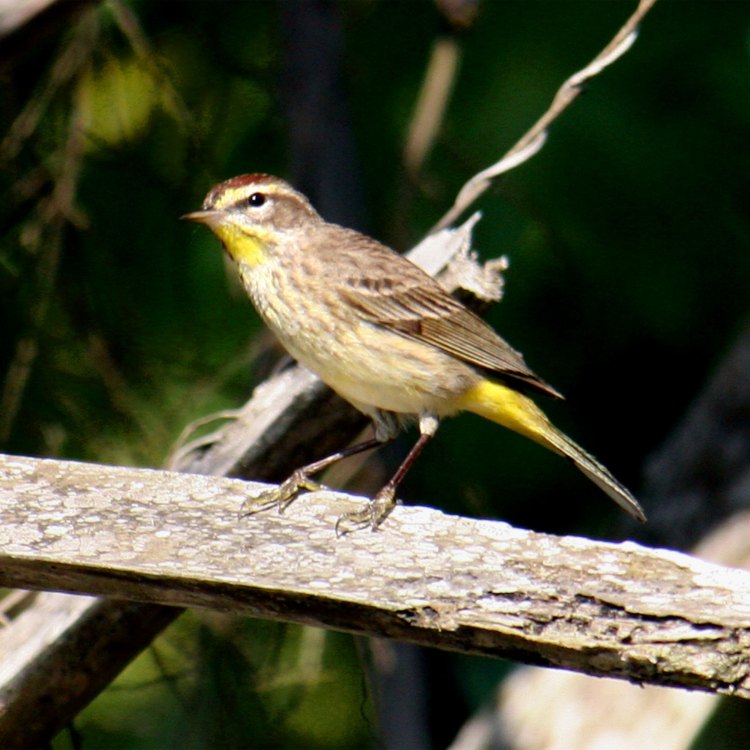
Warbler
- Adult Size: Small
- Average Lifespan: 2-12 years
- Reproduction: Sexual
- Reproductive Behavior: Monogamous
- Sound or Call: Can produce a variety of songs and calls
- Migration Pattern: Most species are migratory
- Social Groups: Solitary or in small flocks
- Behavior: Active and agile, often foraging in tree canopies
- Threats: Habitat loss, climate change, predation
- Conservation Status: Varies depending on the species
- Impact on Ecosystem: Can serve as indicators of ecosystem health
- Human Use: Birdwatching
- Distinctive Features: Brightly-colored plumage, thin pointed bills, and slender bodies
- Interesting Facts: 1. There are over 115 species of Warblers. 2. They are known for their beautiful songs and colorful plumage. 3. Most Warbler species are insectivorous and play a crucial role in controlling insect populations. 4. Some species of Warblers undertake impressive long-distance migrations. 5. The Blackburnian Warbler has one of the highest breeding densities of any bird species in North America.
- Predator: Birds of prey, snakes, and mammals
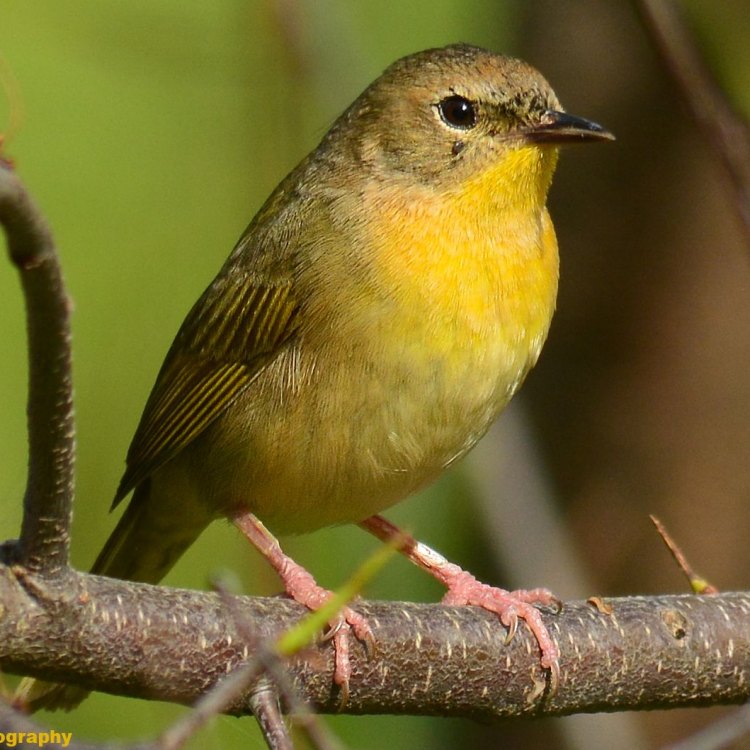
Parulidae
Warbling Through the Trees: The Fascinating World of Warblers
Warblers, a family of small passerine birds known for their vibrant plumage and beautiful songs, are often found flitting through treetops and darting between branches in a flurry of activity. With over 115 different species, these tiny birds are widely distributed across the world, from the tundras of the Arctic to the rainforests of South America. Although small in size, Warblers have a big impact on the ecosystem and play a vital role in maintaining its health.In this article, we will delve into the world of Warblers, exploring their unique features, behavior, and threats they face, and how their existence is intertwined with the ecosystem PeaceOfAnimals.Com.
Small But Mighty: The Adult Size of Warblers
The average size of a Warbler ranges from 4 to 6 inches, making them one of the smallest birds in the passerine family. However, what they lack in size, they make up for with their active and agile behavior. With long, pointed wings and quick movements, Warblers are perfectly adapted to life in the treetops, where they spend most of their time foraging for insects.A Colorful Existence: Distinctive Features of Warblers
One of the most striking features of Warblers is their brightly colored plumage, which varies from species to species. Their vibrant feathers serve as a means of communication and can also act as camouflage in their natural habitats. Warblers also have thin pointed bills and slender bodies, allowing them to navigate easily through the dense foliage of trees.Interestingly, Warblers have a distinctive black and white pattern on their heads, commonly known as a "warbler's mask." This mask not only adds to their aesthetic appeal but also helps with their identification.
Singing Their Hearts Out: Warbler's Sound or Call
Warblers are known for their beautiful songs and calls, which they use to attract mates and defend their territories Welsh Terrier. Each species has its distinctive song, making it easier for birdwatchers to identify and track them. Some Warblers are also known for mimicking the sounds of other birds, adding to their already impressive repertoire of songs and calls.Monogamous Birds: Warbler's Reproductive Behavior
Warblers are monogamous birds, meaning they mate with only one partner for their entire breeding season, and in some cases, for life. They are known to be faithful to their partners and often return to the same nesting site each year. The breeding season usually starts in the spring when the weather is warm and insects are in abundance.Once a pair has formed, they build a small, cup-shaped nest using twigs, grass, and other materials found in their surroundings. The female Warbler lays a clutch of eggs, which she incubates for about two weeks until they hatch. Both parents then take turns feeding the chicks until they are ready to fledge.
A Melodious Journey: Migration Pattern of Warblers
Most Warbler species are migratory, with some undertaking impressive journeys from their summer breeding grounds to their wintering grounds. While some Warblers migrate within the same continent, others undertake long-distance journeys, flying over thousands of miles to reach their destination.Some species, such as the Blackpoll Warbler, are known for their non-stop transatlantic flights, covering a distance of about 2,500 miles from Canada to South America. These epic migrations require excellent navigational skills, as Warblers rely on celestial cues, magnetic fields, and even landmarks to find their way.
Solitary or Sociable: Social Groups of Warblers
Warblers are typically solitary birds, but during the non-breeding season, they can be found in small flocks. These flocks provide safety in numbers, allowing the birds to forage together and keep an eye out for predators.During the breeding season, Warblers become territorial and defend their space vigorously. However, some species, like the Yellow Warbler, are known to exhibit a communal breeding behavior, where multiple females lay their eggs in the same nest, which is then shared and cared for by one male.
Active and Agile: The Behavior of Warblers
Warblers are incredibly active and agile birds, constantly hopping from branch to branch in search of food. Their favorite food source is insects, and they have been observed using various foraging techniques, such as gleaning, flycatching, and hovering, to catch their prey.These tiny birds are also known for their acrobatic abilities, often hanging upside down to reach insects hidden in the undersides of leaves. They are also quick to react to any potential threats, quickly darting away into the safety of nearby trees.
Threats to the Warbler Population
Although Warblers are widespread and have a relatively high population, they face significant threats to their survival. Habitat loss, primarily due to deforestation and urbanization, is the biggest threat to Warblers. As these birds rely on tree canopies for foraging and nesting, the destruction of their natural habitat directly affects their survival and breeding success.Climate change is also a growing concern for Warblers, as it affects their migratory patterns and food availability. Changes in weather patterns and extreme events can disrupt their breeding cycles and cause food shortages, ultimately impacting their population.
Predators, such as birds of prey, snakes, and mammals, also pose a threat to Warblers, especially during the breeding season when they are busy caring for their young. These predators can also impact the Warbler population indirectly by preying on the insects they feed on, disrupting the balance of the ecosystem.
The Importance of Warblers in the Ecosystem
Despite their small size, Warblers play a crucial role in maintaining the balance of the ecosystem. As insectivores, Warblers help control insect populations, preventing outbreaks that can cause significant damage to crops and forests. They also act as pollinators and seed dispersers, contributing to the growth and diversity of plant species.Warblers can also serve as indicators of the health of their ecosystems. As these birds are sensitive to changes in their environment, any decline in their population can be a warning sign of underlying issues that need to be addressed.
The Human Connection: Birdwatching and Warblers
Warblers have captured the hearts of many birdwatchers, who eagerly wait for their arrival during the spring and fall migration seasons. Their beautiful songs, bright plumage, and elusive nature make them a popular target for birdwatchers, making them an essential part of ecotourism in some areas.Birdwatching not only provides a recreational activity for people but also promotes conservation efforts, as it raises awareness about the importance of protecting these birds and their habitats.
Varied Conservation Status of Warblers
The conservation status of Warblers varies depending on the species. Some, like the Yellow Warbler and Palm Warbler, are classified as least concern, meaning their populations are stable. However, some species, like the Kirtland's Warbler and Bachman's Warbler, are critically endangered, with only a few hundred individuals left in the wild.Efforts are being made to protect Warbler habitats and mitigate threats to their survival. Bird conservation organizations work to restore and preserve suitable habitats, while also educating the public about the importance of these birds.
Fascinating Facts About Warblers
1. There are over 115 species of Warblers, each with its distinctive features and behaviors.2. Warblers are known for their beautiful songs and colorful plumage, making them a delight for birdwatchers.
3. Warblers are primarily insectivorous and play a crucial role in controlling insect populations, making them valuable contributors to the ecosystem.
4. Some species of Warblers undertake impressive long-distance migrations, flying thousands of miles to reach their breeding or wintering grounds.
5. The Blackburnian Warbler has one of the highest breeding densities in North America, with up to 10 pairs per acre in some areas.
In Conclusion
Warblers may be small in size, but they have a big impact on the environment. These beautiful and active birds are not only a delight to observe and listen to, but they also play a crucial role in maintaining the balance of the ecosystem. As with many other species, the threats faced by Warblers need to be addressed to ensure their survival and preserve their vital role in the ecosystem. By raising awareness about these birds and their importance, we can help protect them and their habitats for generations to come. So, let's continue to warble through the trees with these fascinating creatures and appreciate their unique features and contributions to the natural world.
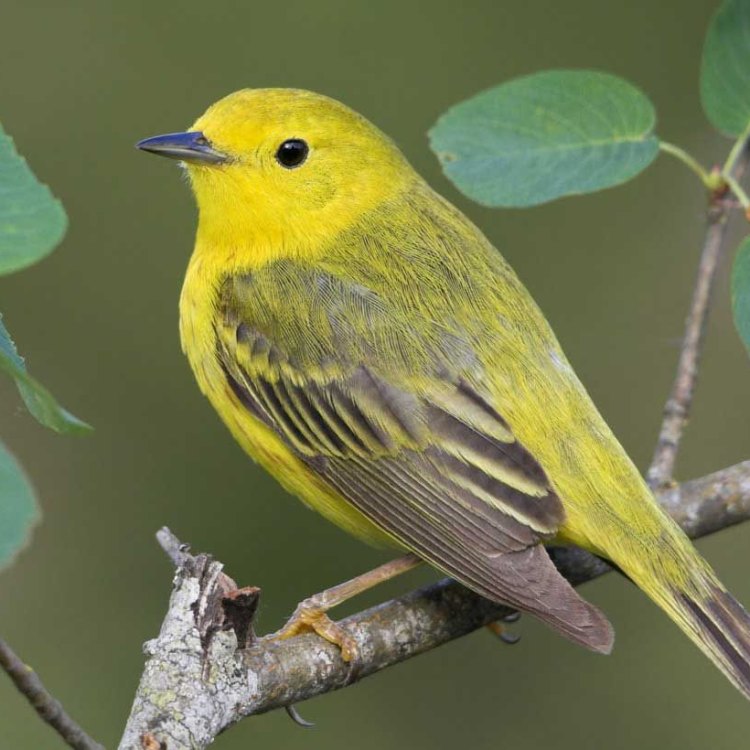
The Colorful and Energetic Warbler: A Small Bird with a Big Impact
Disclaimer: The content provided is for informational purposes only. We cannot guarantee the accuracy of the information on this page 100%. All information provided here may change without prior notice.

